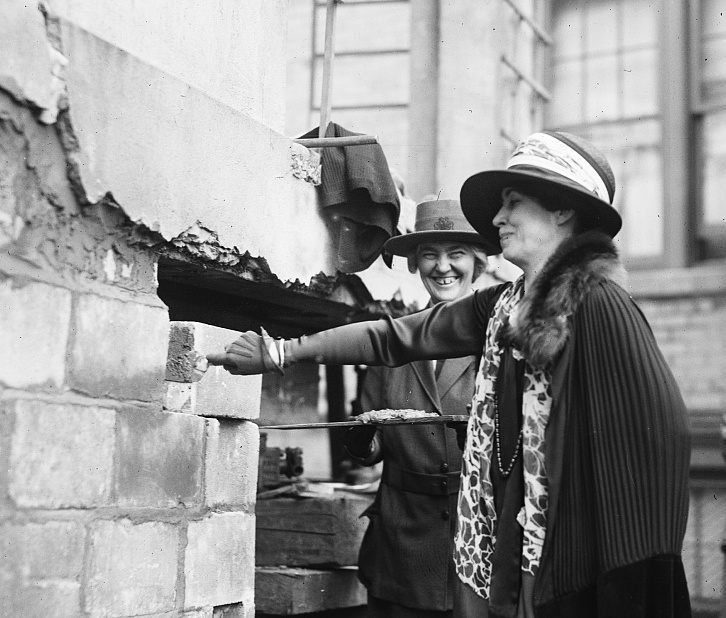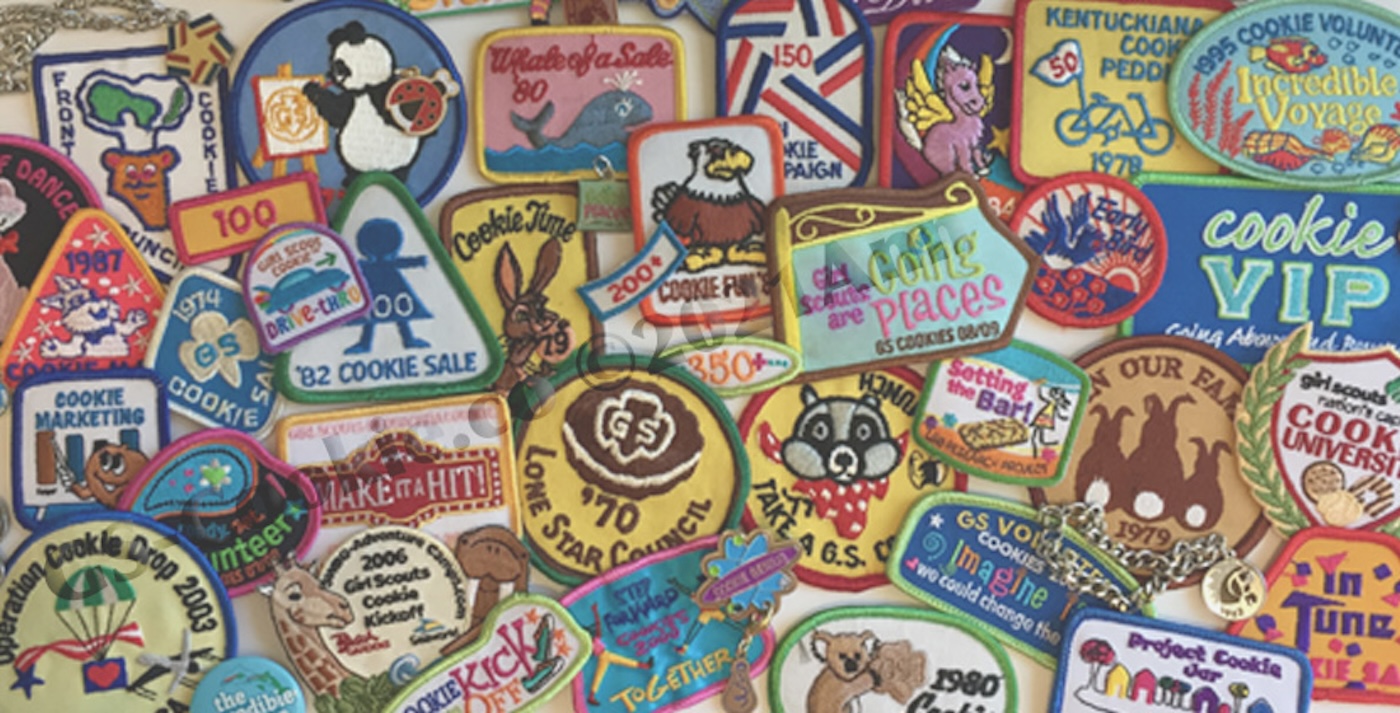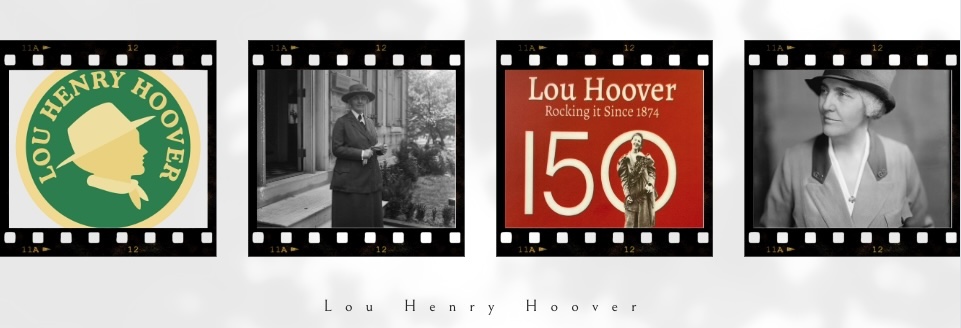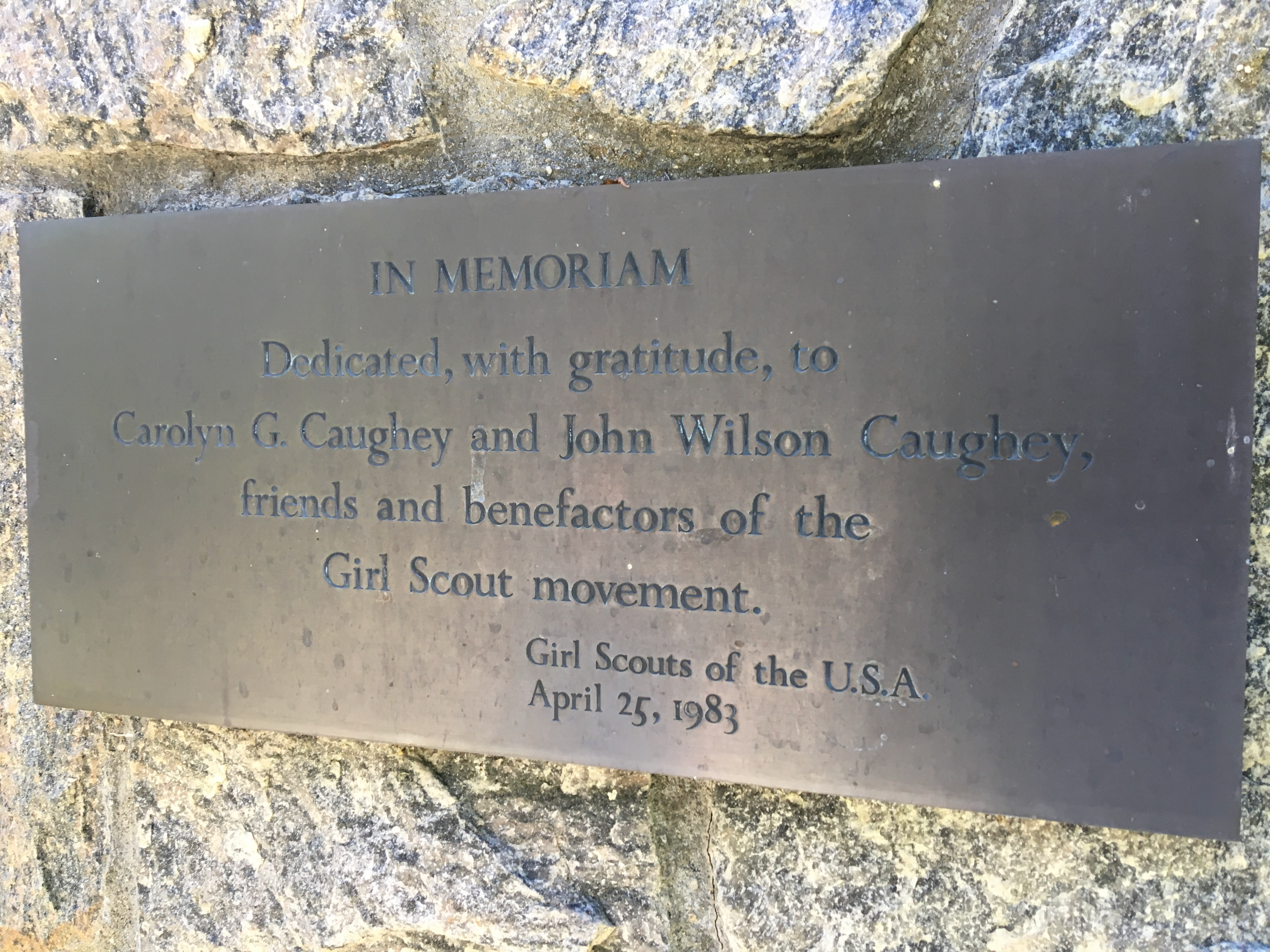No, it’s not a newly discovered Laura Ingalls Wilder book.
One hundred years ago, on March 25, 1924, the Girl Scout Little House in Washington DC opened its doors to Girl Scouts and dignitaries from around the United States as well as many foreign visitors.

Built behind the White House for the second Better Homes Demonstration Week in June 1923, the Little House was a fully working home, with a modern kitchen, breakfast nook, three bedrooms, and a nursery. Between June 4 and June 10, 2,500–3,500 people visited the house each day. The dates had been carefully selected to coincide with a Shriner’s national convention in Washington, assuming the wives of the 500 participants would enjoy the demonstration.



After the exhibition, the Better Homes in America and General Federation of Women’s Clubs offered it to the Girl Scouts for use as a national training and innovation center.
The Girl Scouts were reluctant to accept. While it would wonderfully fit in with the Girl Scout program, accepting the gift would require a considerable investment. There were no funds for utilities, staff, insurance, and other operating costs. Most important, there were no funds available to relocate the building.
The clock was ticking on the fate of the model home. The exhibit permit expired on June 15.
Lou Henry Hoover immediately saw the value in accepting the house and began working to persuade the Girl Scouts to accept. As national president of the organization, she began a barrage of letters and telegrams to national board members that lasted all summer. On September 20, the national board voted to decline the proposed gift.
Meanwhile, the US Parks Service was continually pleading for someone to get the house off of government property.
Ultimately, Mrs. Hoover grew tired of the back-and-forth and took matters into her own hands. She contacted Duncan and Marjorie Phillips, of the Phillips Art Collection, who agreed to loan a plot of land that they owned at 1750 New York Ave. NW. The new home for the Little House would be two blocks southwest of the White House and across the street from Octagon House, the oldest private residence in the District of Columbia.
Hoover wanted her financial contribution to be anonymous, so she arranged for Henrietta Bates Brooke to sign the moving contract, as member of the National Executive Board and Washington resident.

Edward G. McGill of Cumberland, Maryland, oversaw a crew of men who hoisted the house onto rails and pulled it to the new site. McGill charged $3,000 for transporting the house. Hoover also paid for a basement, utility connections, and landscaping, for a total cost of $12,000. She even offered to personally pay any deficit that might accrue in the first two years of operation.
The Little House arrived at its new home in March 1924—nine months after the original exhibition. First Lady Grace Coolidge helped re-dedicate the building in a ceremony on March 25, as a beaming Mrs. Hoover watched. Dressed in a broad-brimmed hat, long dress, fox-trimmed cloak, and dark leather gloves, Mrs. Coolidge gamely picked up a mason’s trowel and slathered on a layer of cement to seal the cornerstone placed under the breakfast nook. Inside the stone was a handbook, several other Girl Scout publications, and that day’s newspaper.
In the 1920s and 1930s, the Girl Scout Little House was THE place to go on Saturdays. There was always some badge activity to try or new skill to learn, and the First Lady, as honorary president of the Girl Scouts, might decide to drop by. After all, the White House was just around the corner.






Girl Scouts cooked a Thanksgiving dinner for President and Mrs. Coolidge at the Little House, and a thrift luncheon for First Lady Eleanor Roosevelt.
Even European Royalty included the Little House on their itinerary.

The Washington house became the first of many Girl Scout “Little Houses” across the country, where Girl Scouts practiced their homemaking and hospitality skills.


The Girl Scout Little House was used continuously for trainings and demonstrations of the domestic arts from June 1923 to April 1945. The building was used as a branch of Girl Scouts of the USA, the national organization, for the next decade then given to the landowners in May 1955. The Little House was torn down in the early 1970s.
A commemorative plaque that once hung in the lobby of the office building that currently sits at the site was donated to the Girl Scout Council of the Nation’s Capital.
© 2024 Ann Robertson, writer, editor, Girl Scout historian





Leave a Reply